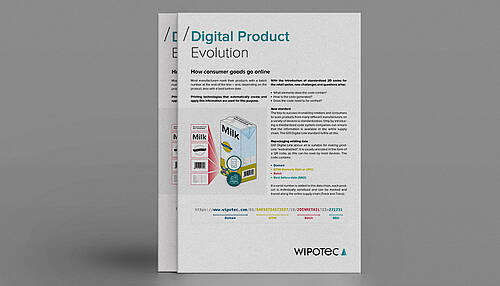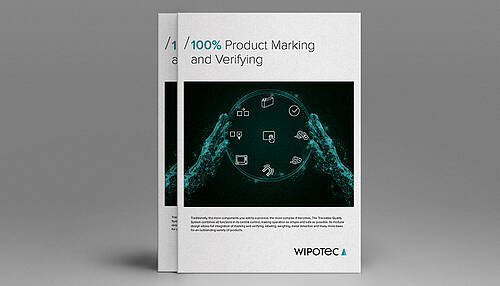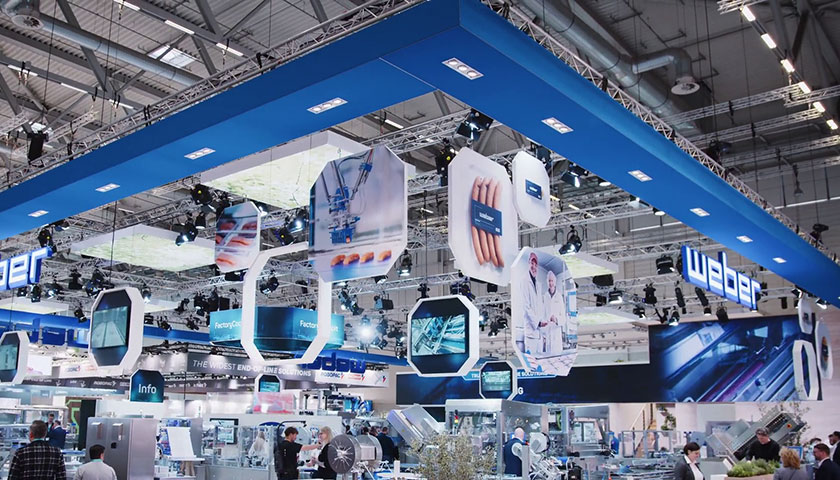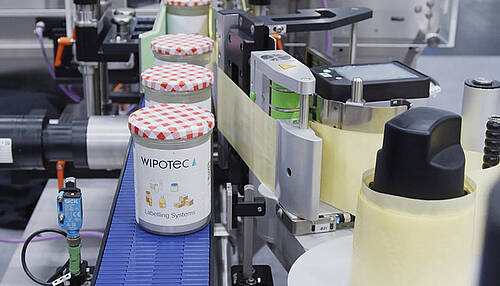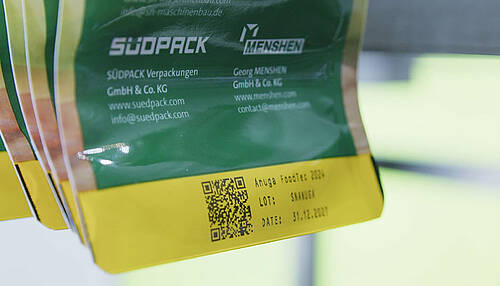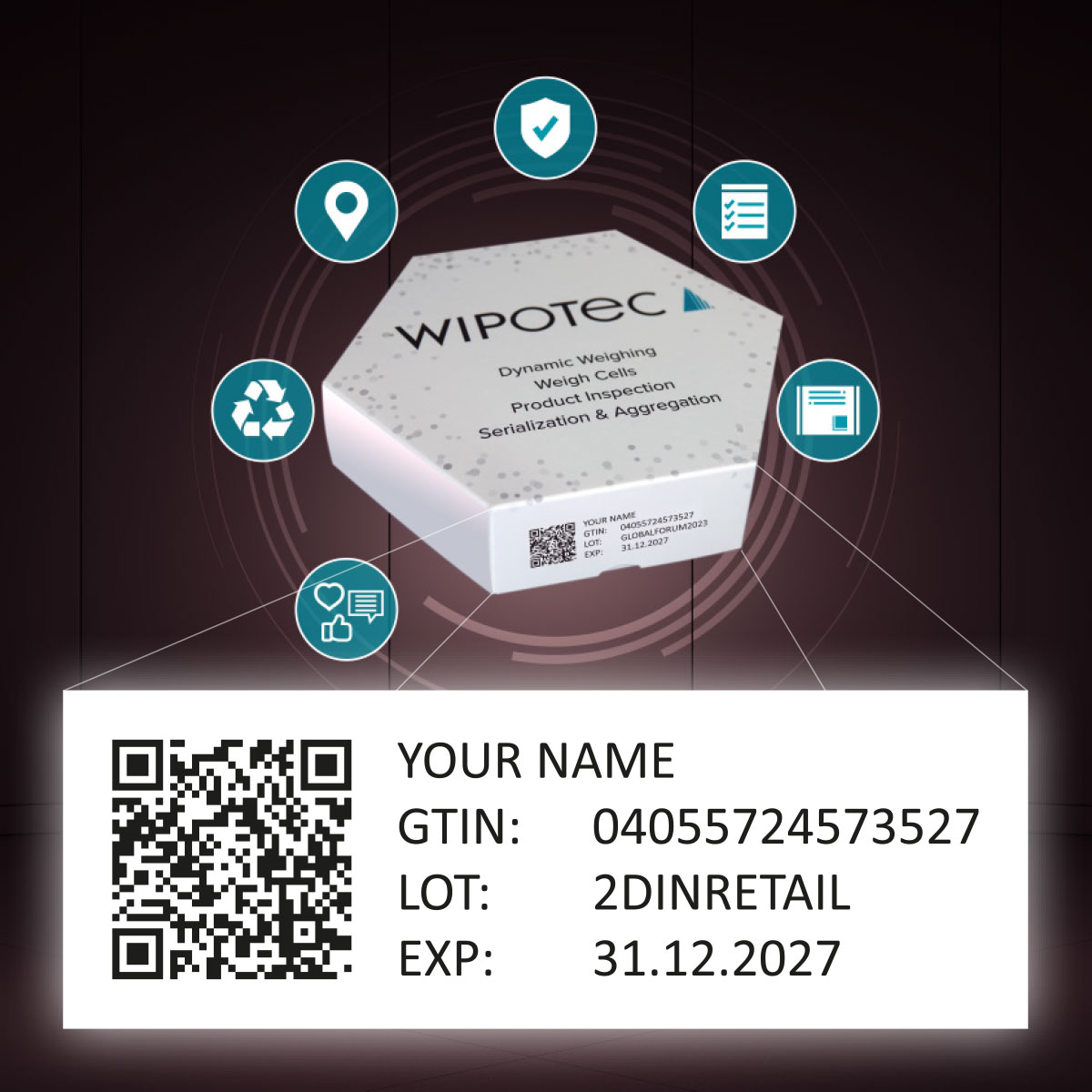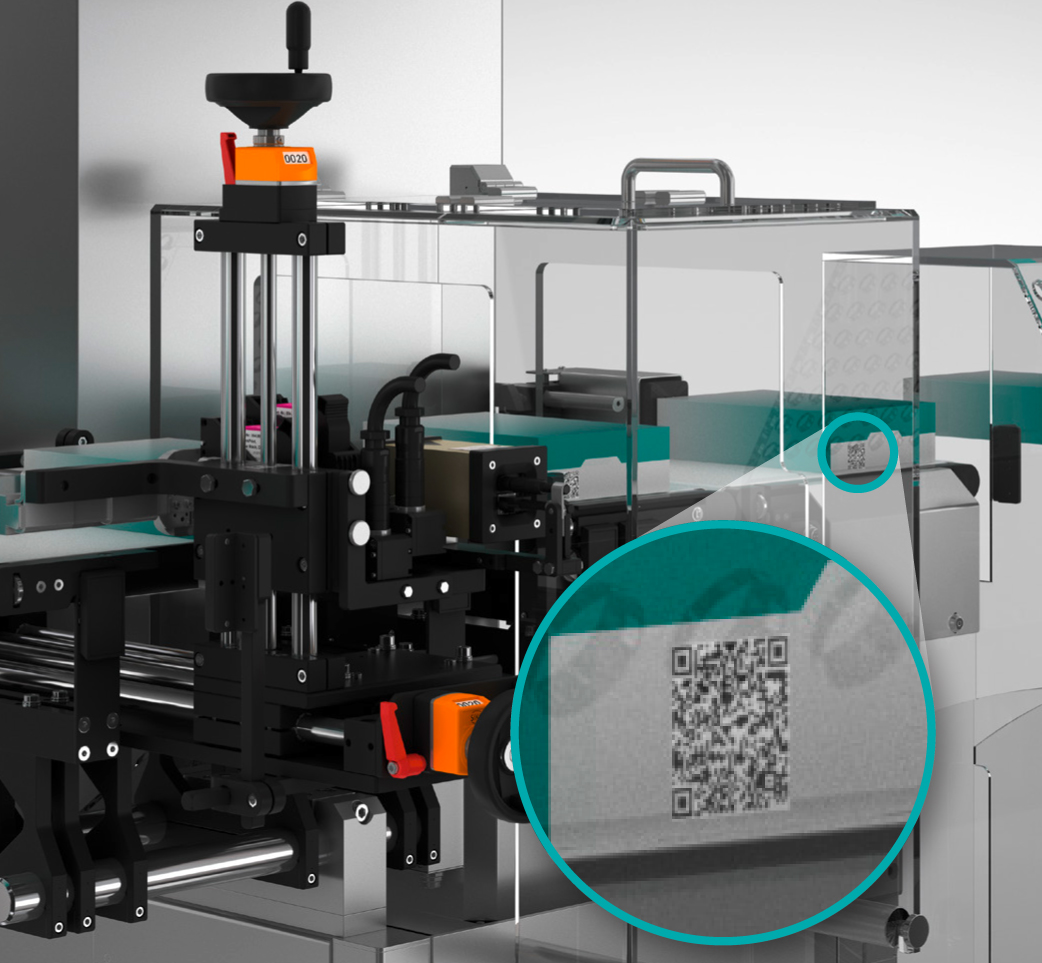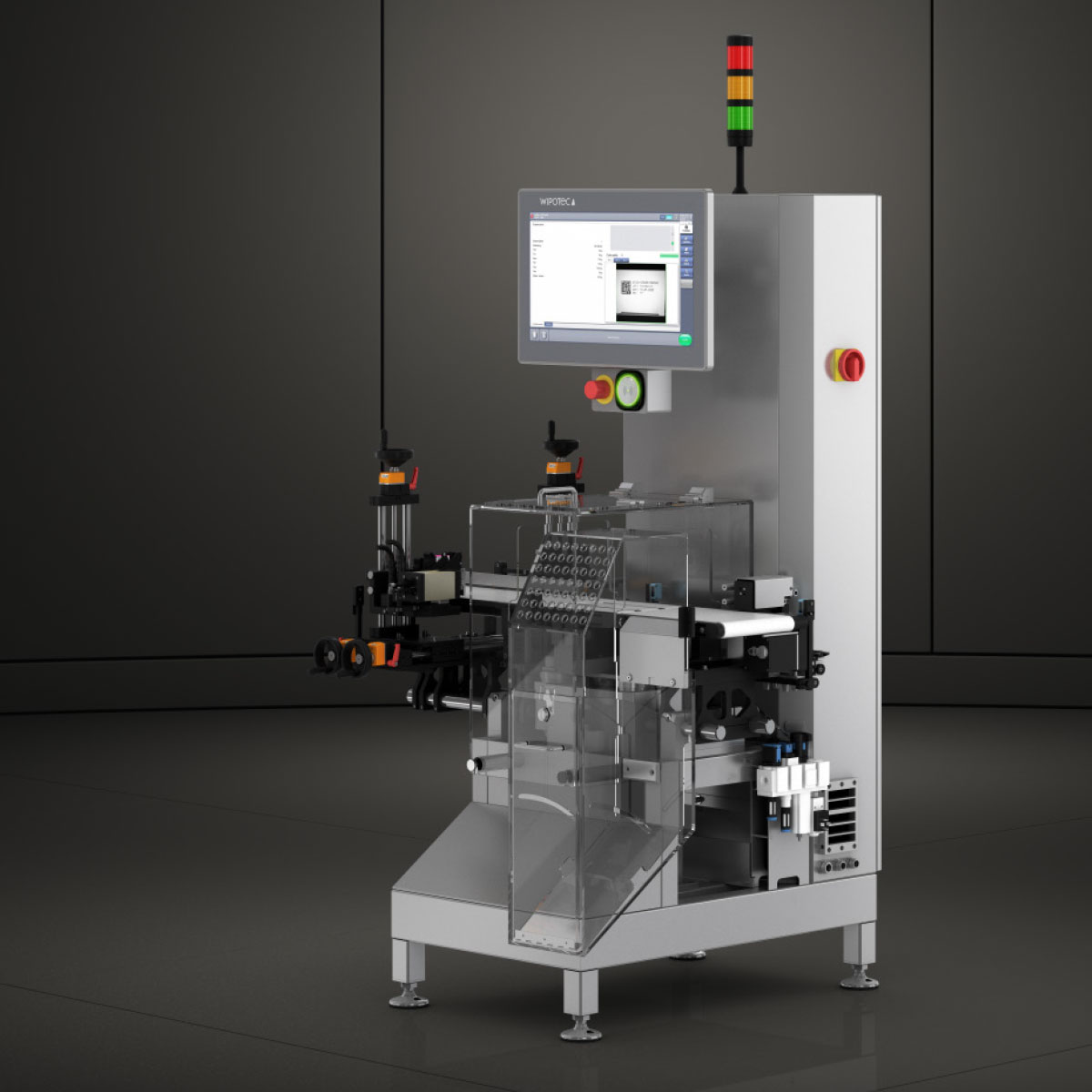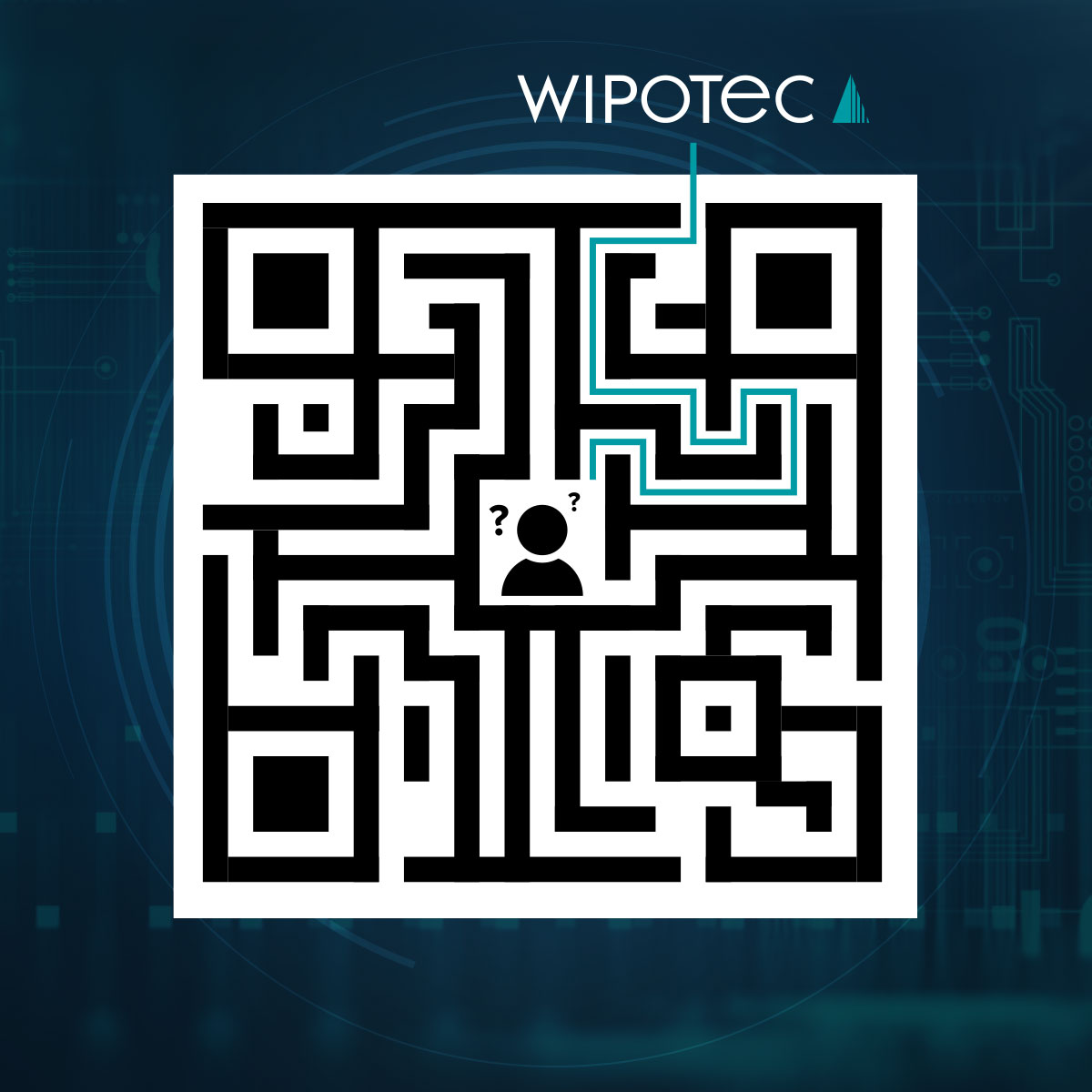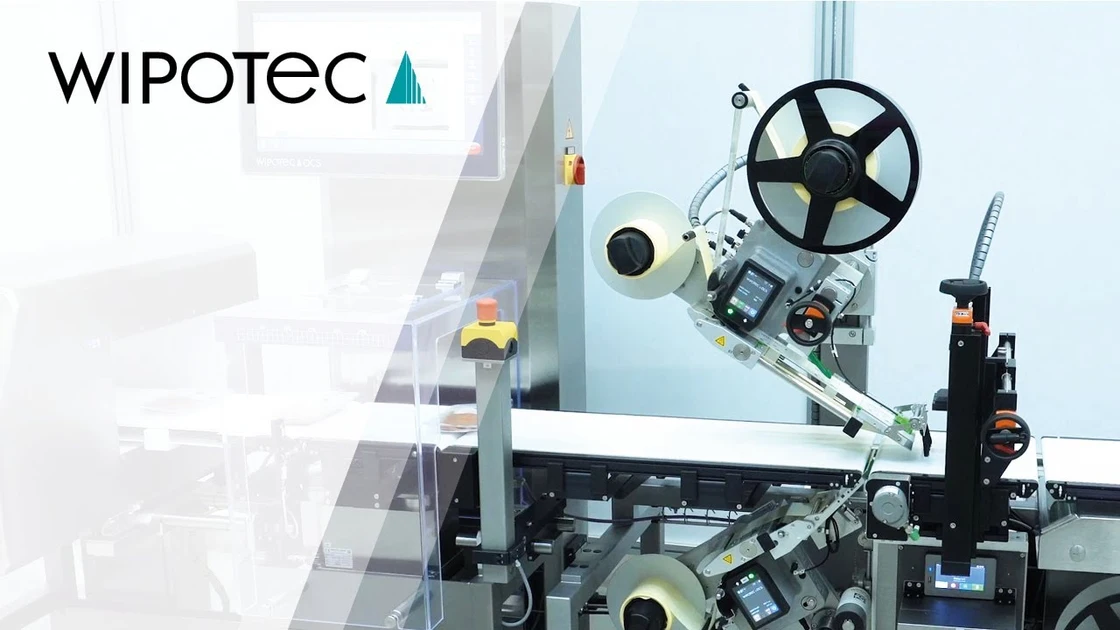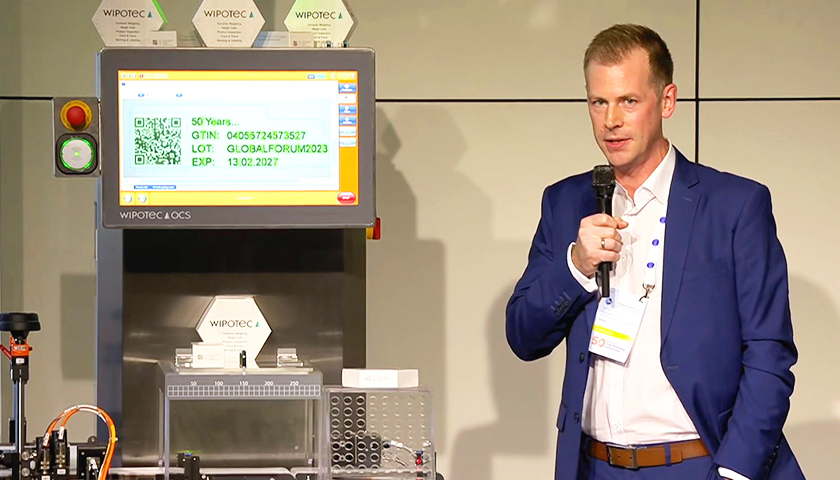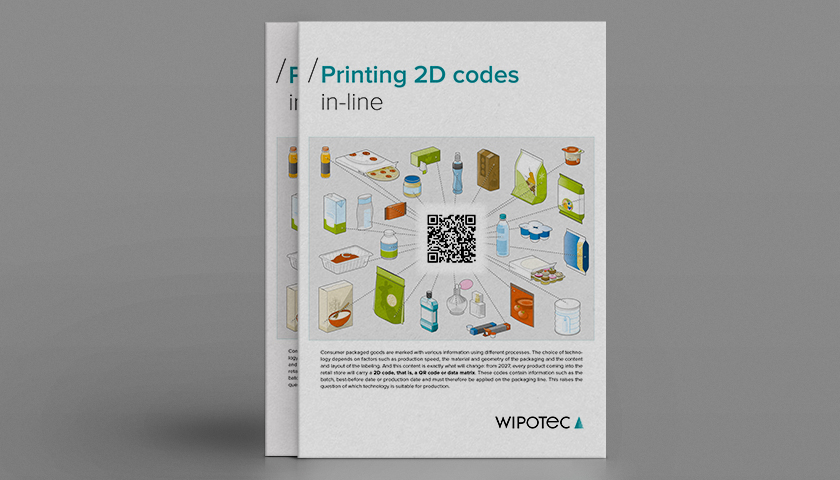2D-Codes on the Rise
Innovating the Future of Retail
Now it is time to upgrade the ubiquitous barcode: Over the next few years, a new 2D-code technology will become the universally accepted standard. Retail merchants, manufacturing companies, and consumers all around the world - every proactive player can profit from this change. Production processes must therefore be adjusted and businesses appear to be switching sooner rather than later to ensure that by 2027, 2D-codes will fully be supported at every step of the supply chain. The necessary quality can only be achieved by high-resolution printers and other devices that are part of Wipotec’s Traceable Quality System.
Whether as a ready-to-use integration or all-in-one solution, our TQS modules combine exactly the components you need. Learn more about how our system allows you to mark, label, verify, and weigh all of your products.
Advantages in Code:
Why switching from 1D to 2D early on pays off
See for Yourself: Where 2D-codes will lead you
Grab your smartphone and just scan this QR-code as usual. You will automatically be redirected to an illustrative product page for chocolates from Wipotec. There are lots of insights and further information to be found on this site. 2D-codes can tell you everything about a product, its origin and the idea behind it.
A Clear Objective:
How industries push for global support by 2027
Most businesses are already implementing changes. For retail merchants, that means updating point-of-sale systems, while brands and producers adjust their internal processes. By 2027 everyone will be ready to use 2D-codes in their everyday shopping. However, none of these changes are mandatory or even required by law; 1D-barcodes simply seem outdated by comparison. Those who realize the future is here today can become the leaders of tomorrow. The further this technology advances, the more it will become a requirement in the eye of the customer.
To begin with, QR-codes take the spotlight. The average consumer has long since become accustomed to seeing these black and white cells on various products, advertisements or proudly displayed as the menu in restaurants. Almost everyone knows what a QR-code looks like by now and what purpose it serves. Thus, manufacturing companies must face the fact that 2D-codes are here to stay. The shopping experience will likely revolve around them well before the year 2027.
Since everyone aims for a smooth transition with as few interruptions in day-to-day business as possible, providers have opted for dual labeling at the outset. While standardized 2D-codes will be used across industries soon enough, initially the classic linear barcode will continue to receive support to ensure the interoperability of systems. Although replacing old labels is not explicitly stated as a goal today, progressive organizations are taking steps in that direction right now to be at the forefront of new developments.
Having an experienced partner at your side allows you to navigate all areas of 2D-coding with ease. Wipotec will help you to update your packaging process! Our experts gladly provide you with the latest news from retail as well as the basics of printing.
Application Report
Future-proof marking system at Block House
Jörg Jablonski, the Managing Director for Production and Technology, provides insights into the automated processes and cutting-edge technology at the Block House butchery. For end-of-line marking of the products, he has installed TQS. The company currently prints text and verifies the print with this system – but has decided for this solution to be ready to add 2D codes soon.
Technical Details and Development: Key dimensions of 2D-codes
Back in the 1970s, barcodes were used for the first time when paying in supermarkets around the world. Since then, technology has made several leaps forward and automation continues to improve across the board. Various additions lead to the GTIN or Global Trade Item Number, which still needs to be visible on each and every packaging. Once perfectly adequate to unmistakably identify commercial goods, different data sets now fill in the gaps that occur due to the changed requirements. 2D-codes for example also have the capacity to display serial numbers or expiration dates. All it takes is one scan to gain specific information that is tailored to the application in question.
DataMatrix and QR-Code in Action
2D-codes fit into the packaging design in an extremely space-efficient way. Less than 0.2 x 0.2 in or 5 x 5 mm is already sufficient. Mind you, a single QR-code can still encode up to 4,000 characters or alternatively over 7,000 numeric symbols. Generic barcodes only achieve a fraction of this, as they are missing the vertical dimension. Both DataMatrix and QR-code therefore have a far wider scope when scanning. 2D-codes can also be captured from any angle. As long as the contrast is right, minor damages will be compensated for without any delay. To achieve such a high error tolerance, however, printing needs to be on point at all times, and especially during production. Looking forward, companies must have the proper technical equipment, including sufficient end-of-line quality controls.
In certain industries, 2D-codes have long been part of everyday business. Take pharmaceuticals as an example, where rigorous rules regulate the serialization of medicinal products for years now. Wipotec has accompanied the introduction and implementation of these directives in several countries from the very beginning. A lot was learned along the way and this know-how is now proving to be invaluable. We designed our TQS solutions specifically with these insights in mind. Read more about how Wipotec meets the global requirements:
Online Access Included
2D-codes have many special features; one being the so-called Digital Link, an automatic redirect to a predefined URL. Manufacturers are able to just edit the contents as they please without having to change anything on the printed packaging. While consumers at the point of sale simply scan a QR-code with their smartphone, the staff behind the scenes is using special equipment or their very own app that can show totally different information depending on the setting. Employees in logistics could get certain certificates as well as the internal lot number they need to prepare a parcel. In retail, the same 2D-code can take a customer to a site with allergy warnings or a flashy raffle. Diversity is key.
Your Product as a Means of Communication
In food, a detailed list of all the ingredients would prove to be quite beneficial - or even just showcasing the occasional recipe for those who are interested. 2D-codes pave the way. A great variety of data is summarized into a very small space, which in turn lets the producer regain control over the design of their packaging. This makes it easier to manage the perception of the intended audience too. Their experience while shopping should become more positive, strengthening the trust in your brand. This newfound loyalty can again be further deepened via 2D-codes when bonus programs offer rewards for returning customers.
The quality of the code must be perfect. TQS from Wipotec can print, verify, and weigh your products - all in one single module.
Prepared for Practical Application
In retail, the product number hidden in the barcode is primarily used to check prices. 2D-codes take this concept and expand on it. Unique identifiers include the lot history or mandatory certifications available at every station of the production process. This new form of transparency is seen as a clear sign of quality that is of advantage for all parties involved. Consumers get the benefit of superior protection against fraud, for one thing, and then again can expect a significantly better handling of their refunds. For manufacturers, it is therefore more important than ever to be quick and reliable in the event of product recalls or other problematic cases. Defects like dangerous foreign objects shipped with the product are a major concern and only really detectable by innovative inspection systems. With a coordinated effort, control and classification come as one.
Frequently Asked Questions about 2D-Codes in retail
Why should producers print a 2D-Code in-line? And how? QR code or data matrix? What are the challenges in the process?
Manufacturers who are increasingly dealing with these topics must first find their orientation. Many questions have to be clarified in order to find the right and, what's more, the most future-proof path.
You have questions?
We have answers.
Modular Labeling System
TQS with Metal Detection, Checkweighing, Printing and Labeling
Introducing the Traceable Quality System – the end-of-line solution for food packaging. This compact system combines checkweigher, metal detector, printer, cameras, and labelers into one modular design. With the ability to handle various packaging types, TQS provides a tailored solution for your specific needs. The central HMI allows for full operator control, while all modules work together seamlessly. Say goodbye to coordinating multiple devices for each task.
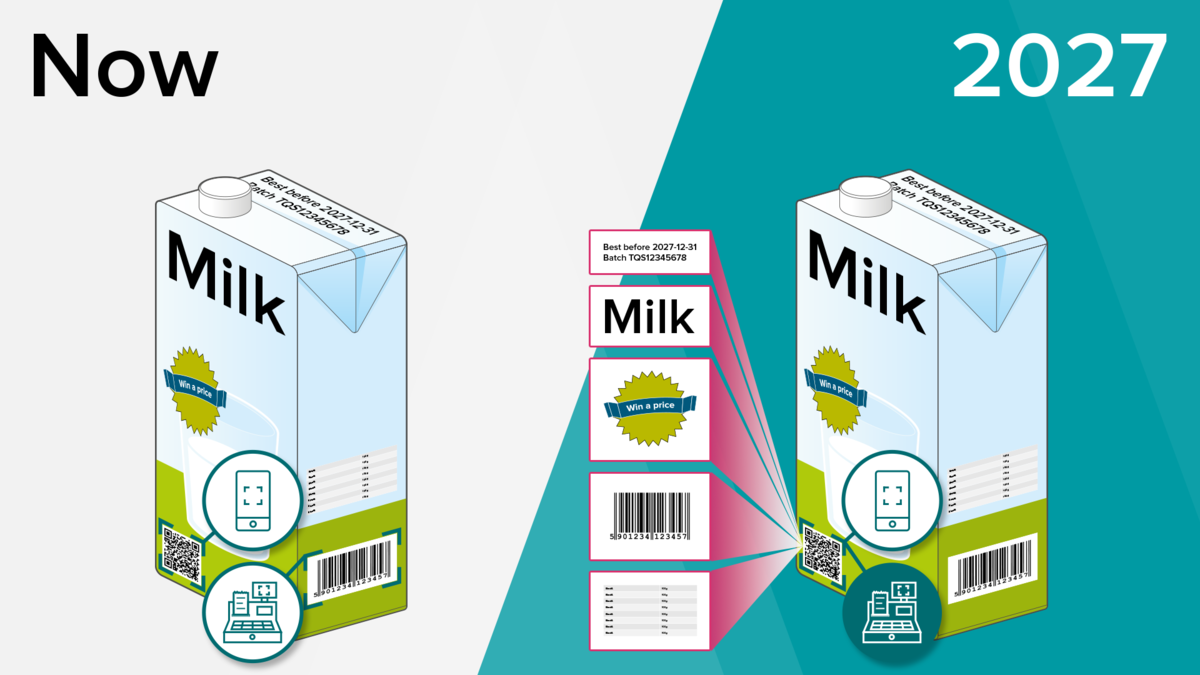
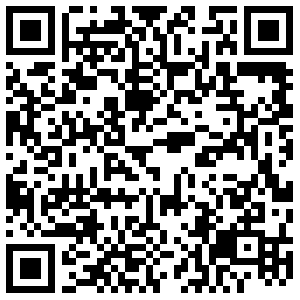
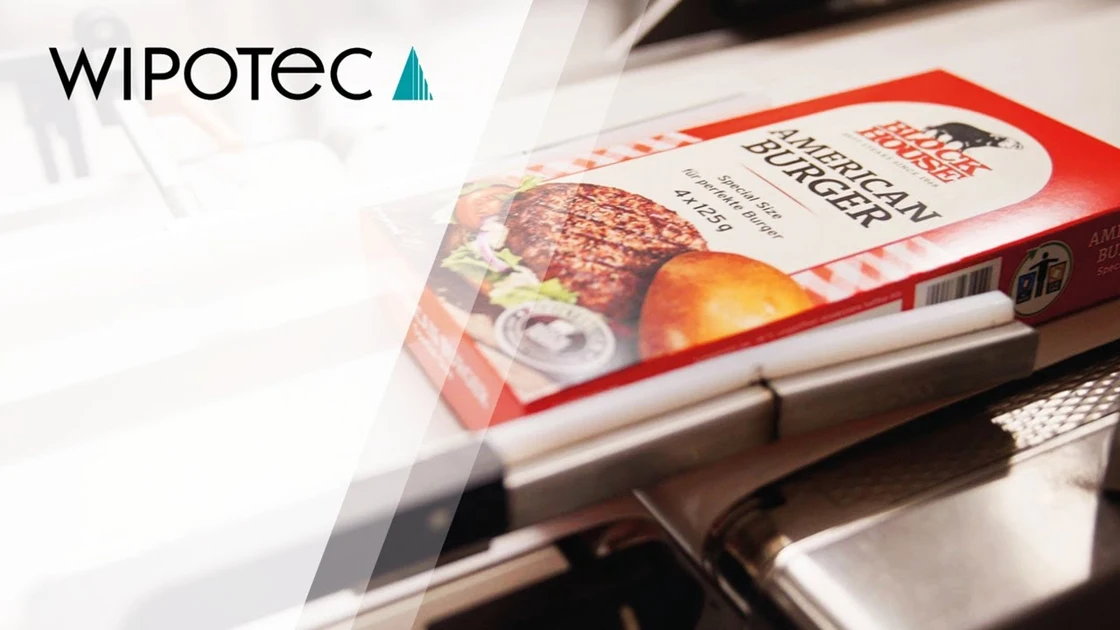
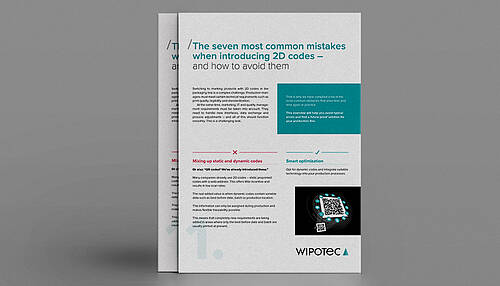
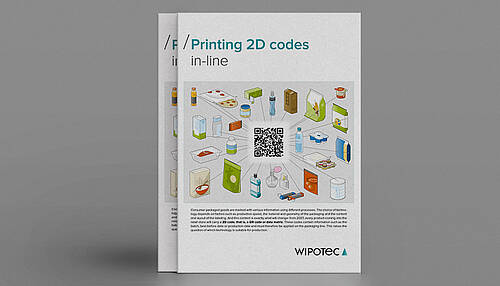
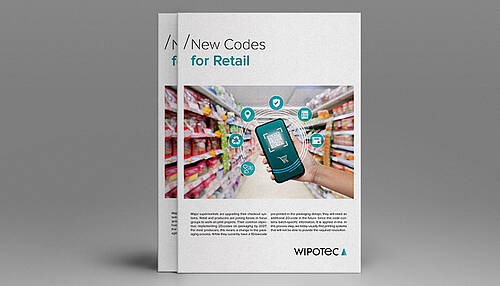
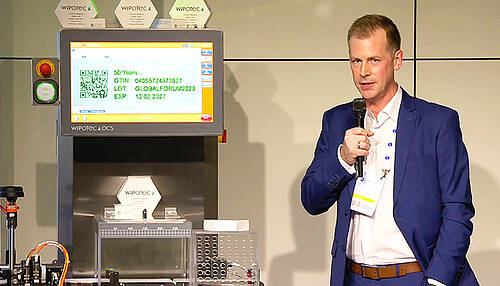
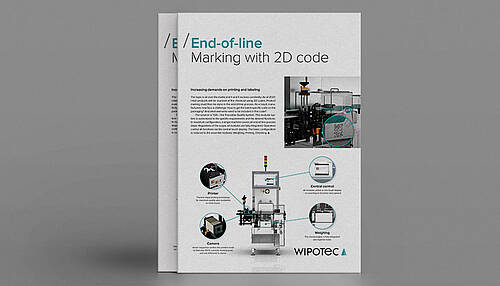

![[Bitte in "USA" übersetzen:] Flyer: Improving product marking [Bitte in "USA" übersetzen:] Flyer: Improving product marking](/fileadmin/_processed_/6/7/csm_2d-in-retail-producer-benefits-flyer-en_9c6959a5e1.jpg)
